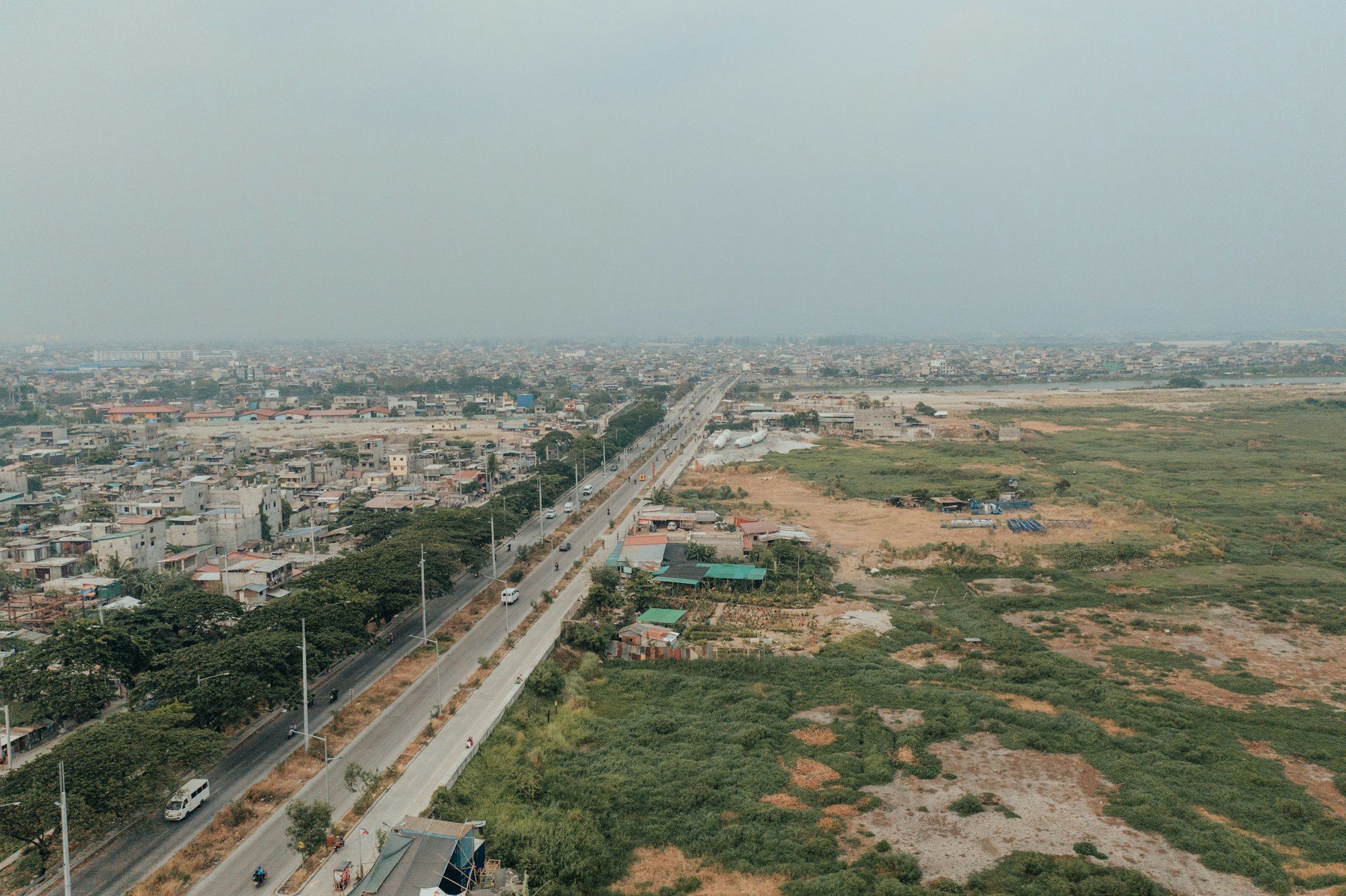Rural driving in the UK presents a distinctive set of challenges that demand unique preparations. From uneven terrains and narrow roads to unpredictable weather conditions, ensuring your car is ready is essential. Understanding how to equip your vehicle can enhance safety and performance, ultimately transforming your driving experience. Discover practical tips to master the road ahead and embrace the adventure that rural driving offers.
Understanding Rural Driving Conditions
Navigating rural driving conditions in the UK presents unique challenges that differ significantly from urban environments. These less-traveled roads often feature narrow lanes, sharp bends, and limited visibility, all of which demand heightened awareness and adaptability from drivers. The picturesque landscapes can be deceptive, masking potential hazards such as sudden wildlife crossings or unexpected farm vehicles.
Also to read : Mastering the Art of Challenging Incorrect Road Tax Fees for Your UK Vehicle: A Comprehensive Guide
UK driving challenges in rural areas include varied road surfaces, from gravel to mud, which can affect vehicle handling. Additionally, the absence of street lighting and road markings requires drivers to rely more heavily on their own judgement and vehicle lights. Weather conditions, such as fog or rain, can further complicate these scenarios, reducing visibility and increasing stopping distances.
To enhance rural road safety, it is crucial that drivers adjust their habits. This includes reducing speed to account for unpredictable road conditions and maintaining a safe distance from other vehicles. Being prepared for sudden stops and using headlights appropriately can make a significant difference. Understanding these factors and adapting accordingly not only ensures a safer journey but also respects the local environment and its inhabitants.
Topic to read : Discover quality used cars on west island, montreal today
Vehicle Maintenance Essentials
Ensuring your vehicle maintenance is up-to-date is crucial for safe rural driving. Before venturing onto less-traveled roads, conduct key maintenance checks to guarantee your car's readiness. This involves examining tire condition and pressure, as these factors significantly influence vehicle handling on varied surfaces.
Tire care is paramount; inspect for wear and ensure they are inflated to the recommended pressure. Properly inflated tires enhance traction, especially on gravel or muddy paths, and reduce the risk of punctures. Uneven tire wear can lead to poor handling and increased stopping distances, particularly in adverse weather conditions.
Moving beyond tires, essential fluids play a critical role in your vehicle's performance. Regularly check oil, coolant, and brake fluid levels. Adequate oil ensures engine efficiency and prevents overheating, while coolant maintains optimal engine temperature. Brake fluid is vital for responsive braking, crucial for sudden stops on unpredictable rural roads.
A checklist for rural vehicle prep might include:
- Inspecting tire tread and pressure
- Checking oil, coolant, and brake fluid levels
- Ensuring all lights are operational for visibility
By prioritising these maintenance tasks, drivers can confidently navigate rural settings, enhancing both safety and vehicle longevity.
Driving Techniques for Rural Areas
Navigating rural roads requires a distinct set of rural driving techniques to ensure safety. One of the most critical aspects is adjusting speed appropriately. On winding and uneven roads, maintaining a moderate speed allows you to react swiftly to unexpected obstacles, such as wildlife or farm equipment.
When it comes to safe driving practices on narrow lanes, mastering the art of passing is essential. Use passing places when available, and always be prepared to yield to oncoming traffic. This not only ensures your safety but also respects the flow of rural traffic.
Situational awareness is paramount in these settings. Constantly scan the road ahead and be vigilant for any signs of wildlife, particularly during dawn and dusk when animals are most active. This awareness can prevent sudden collisions and ensure a smoother journey.
Additionally, keep in mind the effect of weather on rural roads. Rain or fog can significantly reduce visibility, so using headlights appropriately and increasing following distance are key driving tips. By incorporating these techniques, drivers can navigate rural roads with greater confidence and safety.
Common Challenges in Rural Driving
Driving in rural areas presents unique rural driving challenges that require keen attention and adaptability. Among these, identifying potential driving hazards like potholes and debris is crucial. Rural roads often suffer from less maintenance, making them prone to such obstacles. Potholes can damage tires and suspension, while debris may lead to sudden manoeuvres, increasing accident risk.
Sudden weather changes are another significant challenge. In rural settings, weather can shift rapidly, turning a clear day into a foggy or rainy one. This impacts visibility and road traction, demanding drivers adjust their speed and use headlights appropriately to maintain safety.
Remote areas also pose challenges for breakdown and recovery. Unlike urban environments, rural areas often lack immediate access to repair services. A breakdown can lead to extended wait times for assistance. To mitigate this, drivers should ensure vehicles are well-maintained and carry essentials such as a spare tyre, toolkit, and emergency contact numbers.
By understanding these obstacles and preparing accordingly, drivers can navigate rural roads more safely. Awareness and preparation are key to overcoming the inherent challenges of rural driving, ensuring a smoother and more secure journey.
Emergency Preparedness for Rural Driving
In rural driving, being prepared for emergencies is crucial to ensure rural driving safety. An essential aspect is having a well-equipped emergency kit tailored for rural conditions. This kit should include basic tools and items to address potential breakdowns and ensure comfort while waiting for roadside assistance.
Recommended Emergency Kits for Rural Drivers
A comprehensive emergency kit for rural drivers should encompass:
- First aid supplies: Bandages, antiseptic wipes, and pain relievers.
- Basic tools: A jack, wrench, and jumper cables for minor repairs.
- Spare tyre: Ensure it's in good condition and properly inflated.
- Flashlight and batteries: Essential for visibility in low-light conditions.
- Blanket and warm clothing: To stay warm if stranded in cold weather.
Essential Items for Breakdowns
Beyond the emergency kit, carrying additional essentials is wise. Include water and non-perishable snacks to stay hydrated and nourished. A mobile phone charger is vital for maintaining communication, while reflective triangles or flares enhance visibility to other drivers.
Strategies for Staying Safe
In case of a breakdown, remain in your vehicle if it's safe, and use hazard lights to alert others. Contact roadside assistance promptly, providing clear details of your location. These strategies ensure safety and preparedness on rural roads.
Regional Considerations for Rural Driving
Navigating UK rural areas requires awareness of regional driving nuances and adherence to local laws. Each region presents unique challenges that demand tailored regional driving advice. For instance, in Scotland, drivers should be prepared for sudden weather changes and narrow, winding roads typical of the Highlands. Similarly, in Wales, rural roads often feature steep gradients and sharp bends, necessitating cautious driving.
Local Laws and Regulations
Understanding local driving laws is crucial for safety and compliance. In many rural areas, speed limits may differ from urban settings, with some roads lacking clear signage. It is essential to be mindful of these variations and adjust driving habits accordingly. Additionally, some regions may have specific regulations regarding the use of headlights during daylight hours or restrictions on certain vehicle types on narrow lanes.
Cultural Considerations
Driving in different rural areas also involves respecting local customs and practices. In some regions, it is common to encounter livestock on roads, requiring patience and caution. Understanding these cultural aspects not only enhances safety but also fosters respect for local communities. By integrating these considerations, drivers can ensure a smoother and more respectful journey through the diverse landscapes of the UK.
Best Vehicle Types for Rural Driving
Selecting the right vehicle types for rural driving is crucial for navigating challenging terrains effectively. The ideal vehicles for these environments typically possess features such as high ground clearance, robust suspension, and all-wheel drive capabilities. These characteristics ensure better handling on off-road paths and uneven surfaces.
Comparing Vehicle Options
When considering best cars for rural driving, SUVs often stand out due to their versatility. They offer a balance of comfort, cargo space, and off-road capabilities, making them suitable for both daily commutes and rugged terrains. Trucks are another excellent choice, especially for those who frequently encounter rough roads or need to transport heavy loads. Their durability and towing capacity make them ideal for rural settings. Conversely, while sedans might offer fuel efficiency and comfort, they generally lack the necessary features for challenging rural roads.
Recommendations
For those who drive in rural areas occasionally, an SUV might provide the best of both worlds—urban comfort and rural capability. However, if rural driving is a frequent necessity, investing in a truck could be more advantageous. It is essential to match your vehicle choice with your specific driving needs to ensure safety and efficiency.
Resources and Tools for Rural Drivers
Navigating rural roads can be challenging, but with the right driving resources, it becomes more manageable. Rural driving apps are invaluable, providing real-time navigation and alerts about road conditions. Apps like Waze and Google Maps offer updated traffic information, helping drivers avoid potential hazards. For those without constant internet access, offline navigation apps such as HERE WeGo ensure you stay on track.
Online resources also play a crucial role in rural driving. Websites dedicated to road conditions and safety tips offer insights into current weather impacts and road closures. The UK government’s Highways England website, for instance, provides updates on major routes, which can be beneficial for rural drivers planning longer journeys.
Community forums and support groups can offer a wealth of local knowledge. Platforms like Reddit or dedicated Facebook groups connect rural drivers, allowing them to share experiences and advice. These communities often discuss lesser-known shortcuts or local customs, enriching your rural driving experience.
Utilising these navigation tools and online resources enhances safety and confidence on rural roads. By staying informed and connected, drivers can navigate the unique challenges of rural areas with greater ease.
Conclusion and Summary of Key Points
Driving in rural areas demands a unique set of skills and preparations, as highlighted in our rural driving summary. Key takeaways include the importance of vehicle maintenance, such as checking tire pressure and fluid levels, which are crucial for handling diverse road conditions. Adjusting driving techniques to suit narrow lanes and unpredictable weather is equally vital.
Driving tips recap: Always maintain a safe speed and be vigilant for wildlife and farm equipment. Use headlights appropriately in low-visibility conditions and understand the regional nuances, including local laws and cultural considerations. These practices ensure both safety and respect for rural communities.
Readiness and safety are paramount when navigating rural roads. Ensuring your vehicle is equipped with an emergency kit and understanding potential hazards can prevent breakdowns and accidents. Staying informed through apps and community forums further enhances your driving experience.
We encourage you to share your experiences and tips with fellow drivers. By exchanging knowledge, we can collectively improve our skills and safety on rural roads. Embrace these insights and approach rural driving with confidence and preparedness.

















